The National Infrastructure Commission (NIC) is an executive agency which provides expert advice to the government on infrastructure challenges facing the UK.
Today (15 November), the NIC announced the topics it will cover in its next major assessment of the UK’s long-term infrastructure priorities, to be published in 2023, including waste and the circular economy.
It also published a baseline report analysing current performance, which notes that while greenhouse gas emissions from waste reduced substantially from a high in 1996, they began to rise from around 2015 due to increased EfW.
“Landfill emission reductions have stagnated and energy from waste emissions have grown, which has caused a 10% increase in emissions since 2015,” the report’s authors say.
Landfill emission reductions have stagnated and energy from waste emissions have grown
– National Infrastructure Commission
The report notes that the UK’s municipal recycling rate lags behind many other European countries. In 2019, 43% of local authority collected waste in England was recycled. This would rank it at around 11th in Europe.
Landfill
Methane from landfill is still the largest source of greenhouse gas emissions from the waste sector in the UK, the NIC report says.
It also states that emissions from EfW plants are “still significantly lower than landfill” and “displace emissions that would otherwise be created by alternative forms of electricity generation”.
Reducing the volume of waste that is disposed of through landfill or incineration without recovery is “therefore critical to reducing overall emissions in the waste sector”, the report’s authors claim.
Emissions
The report notes that the local authority waste sector is “largely paid for via taxation”, and recycling is the cheapest option. In 2019/20, households in England paid an average of £29 for recycling, as opposed to £95 for “waste disposal”.
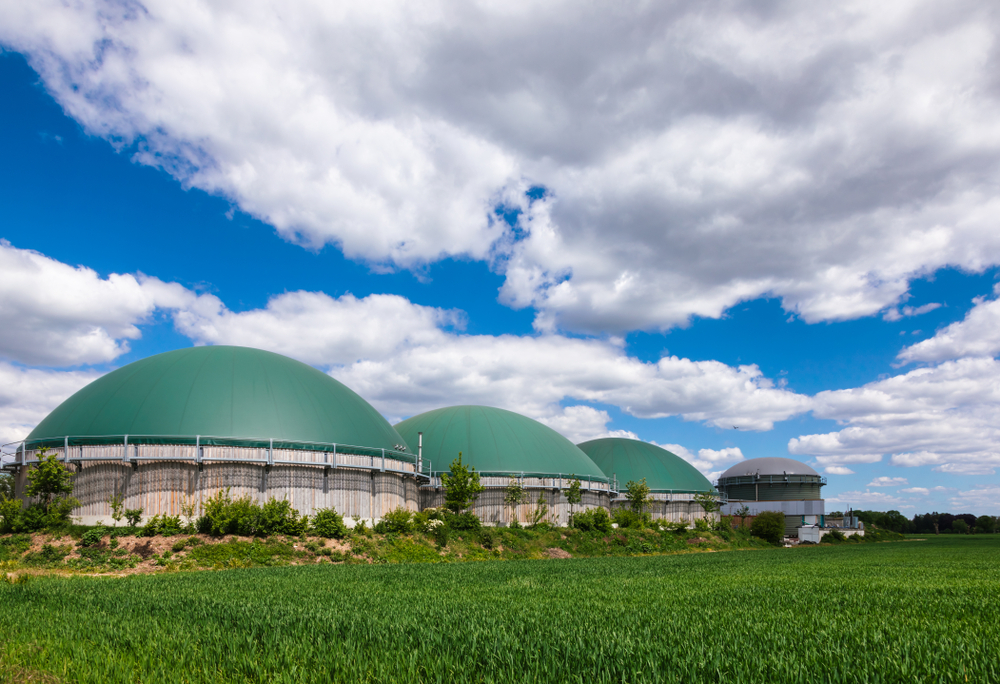
Emissions from waste fell “significantly” from 1990 to 2014, the NIC’s report’s authors say. They note that “most of the reduction in emissions” to date has been due to falling methane emissions from landfill following the introduction of the landfill tax.
In 2019, emissions from the waste sector stood at just more than 20 million tonnes of CO2 equivalent (MtCO2e), the report says, 4% of the UK’s total emissions.
Of this, the report says, 14 MtCO2e came from landfill sites, around 5 MtCO2e from EfW facilities, and 2 MtCO2e from incineration, composting, anaerobic digestion (AD), and other forms of mechanical biological treatment.
The introduction of separate food waste collections for households and businesses, to enable the production of biogas, by 2025 will divert more biodegradable municipal waste to AD plants, the report says. It claims this will further reduce emissions from landfill and incineration.
Exports
The NIC’s report also suggests that “more stringent rules” on waste exports will be introduced “in the near future”. The follows a commitment in the Conservative Party’s 2019 manifesto to ban the export of plastic waste to countries outside the OECD grouping.
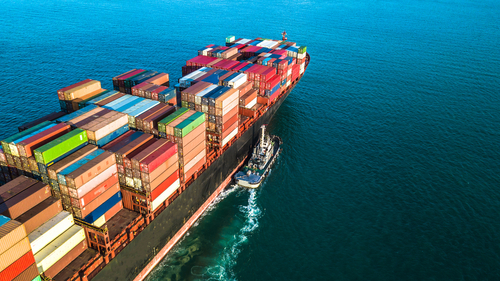
The UK exported 537,000 tonnes of plastic waste in 2020. If waste exports are restricted, the report says, “this could have significant implications for domestic waste capacity”.
Due to the possible introduction of these more stringent rules, as part of its major assessment the NIC will examine the role of the waste sector in enabling a more circular economy through increasing recycling rates of municipal and construction waste. It will also identify the infrastructure necessary to help the sector reduce its overall greenhouse gas emissions.
Public confidence
Local authorities collected 25 million tonnes of waste in 2019/20. Of this, 14 million tonnes was general waste, 6 million tonnes mixed recycling, and 5 million tonnes organic waste.
The total volume of waste produced in England has increased during the last decade. In 2010, the aggregate volume was around 170 million tonnes, the NIC’s report says, which has increased by 12% to 187 million tonnes in 2108.
Social research undertaken for the report indicates that public confidence in solid waste infrastructure meeting people’s needs in the next 30 years has grown from 58% in 2017 to 69% this year.
The same research found that seven in 10 respondents agreed that companies should take more responsibility for recycling and disposing of packaging waste, even if it raises the prices of products.
The report notes that the UK waste market is “dominated” by ‘the Big Five” – Biffa, FCC Environment, Suez, Veolia, and Viridor. Together, the five companies generated more than £5 billion revenue in the UK in 2020.
Related link
Second National Infrastructure Assessment Baseline Report




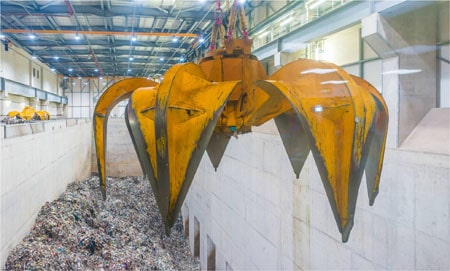
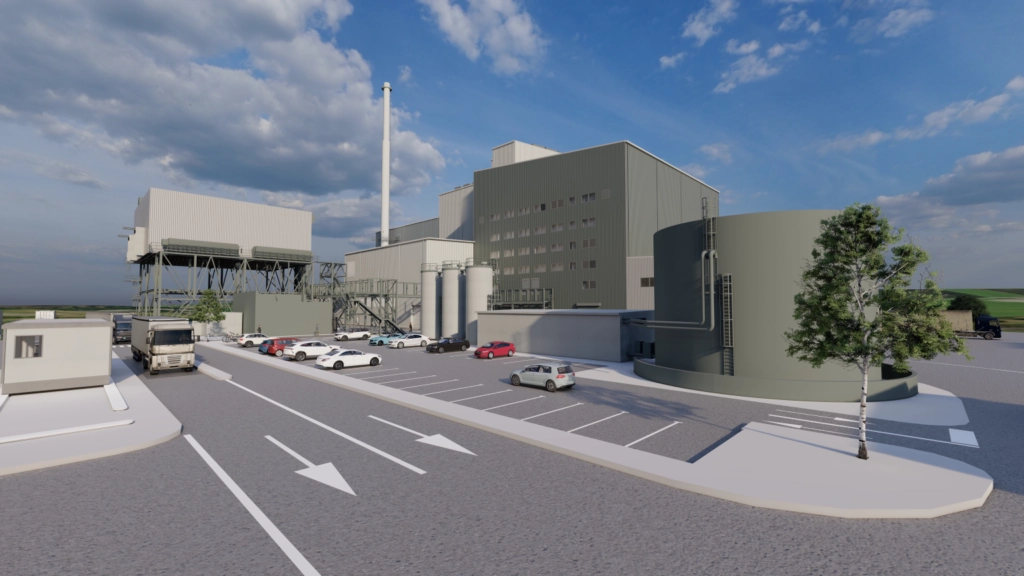
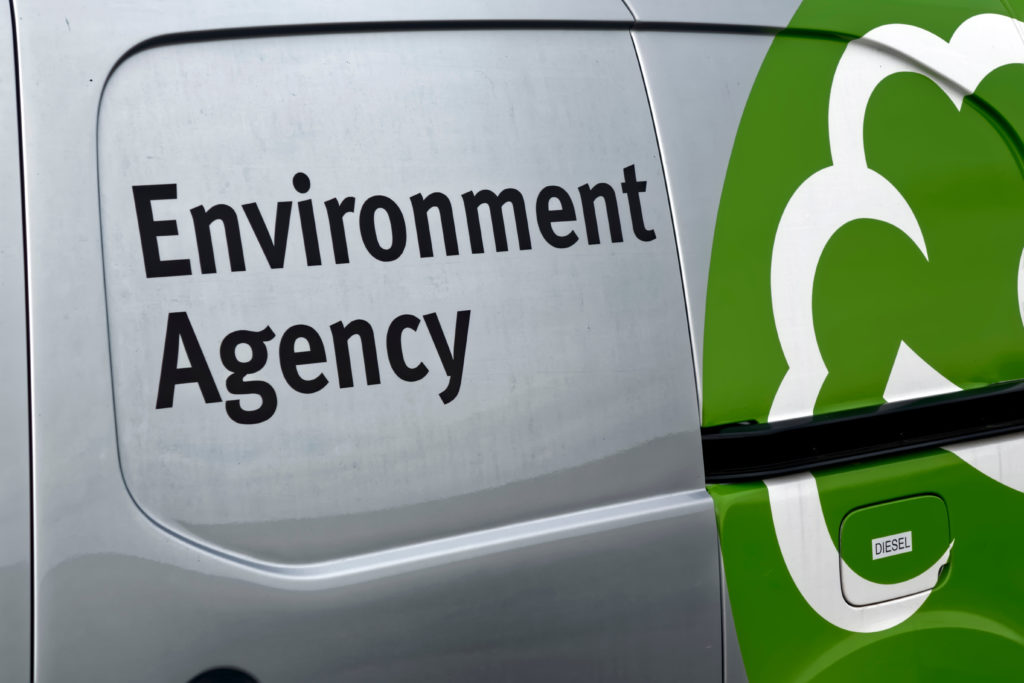
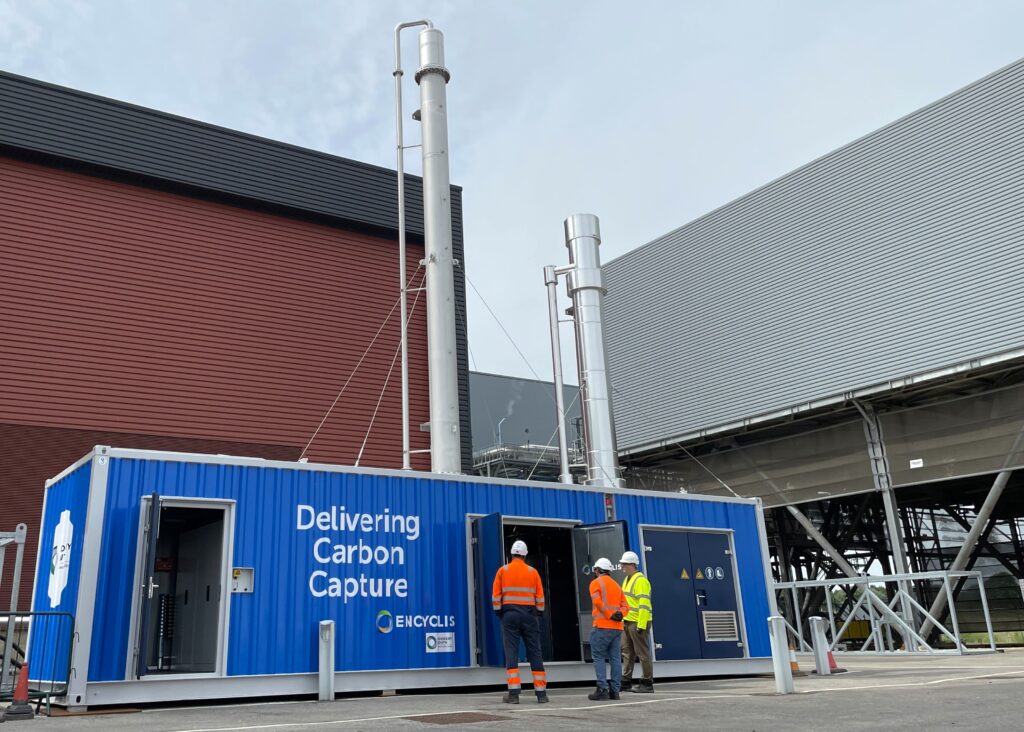
Subscribe for free